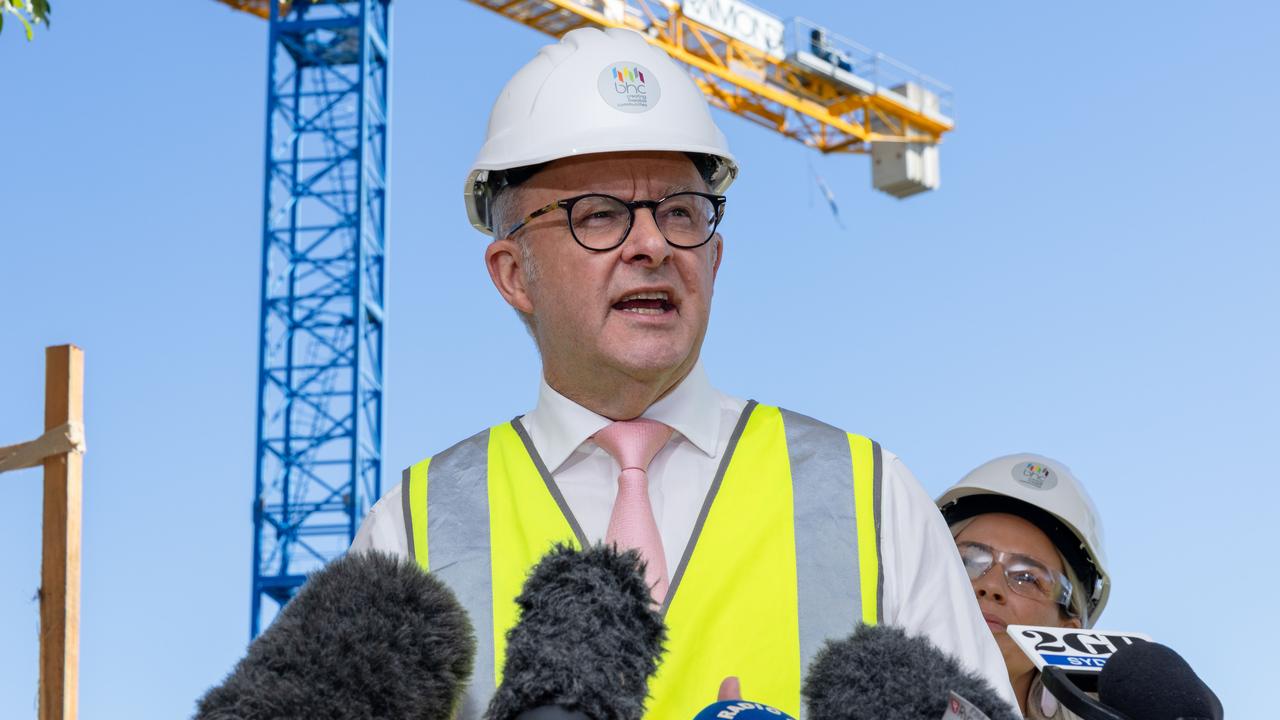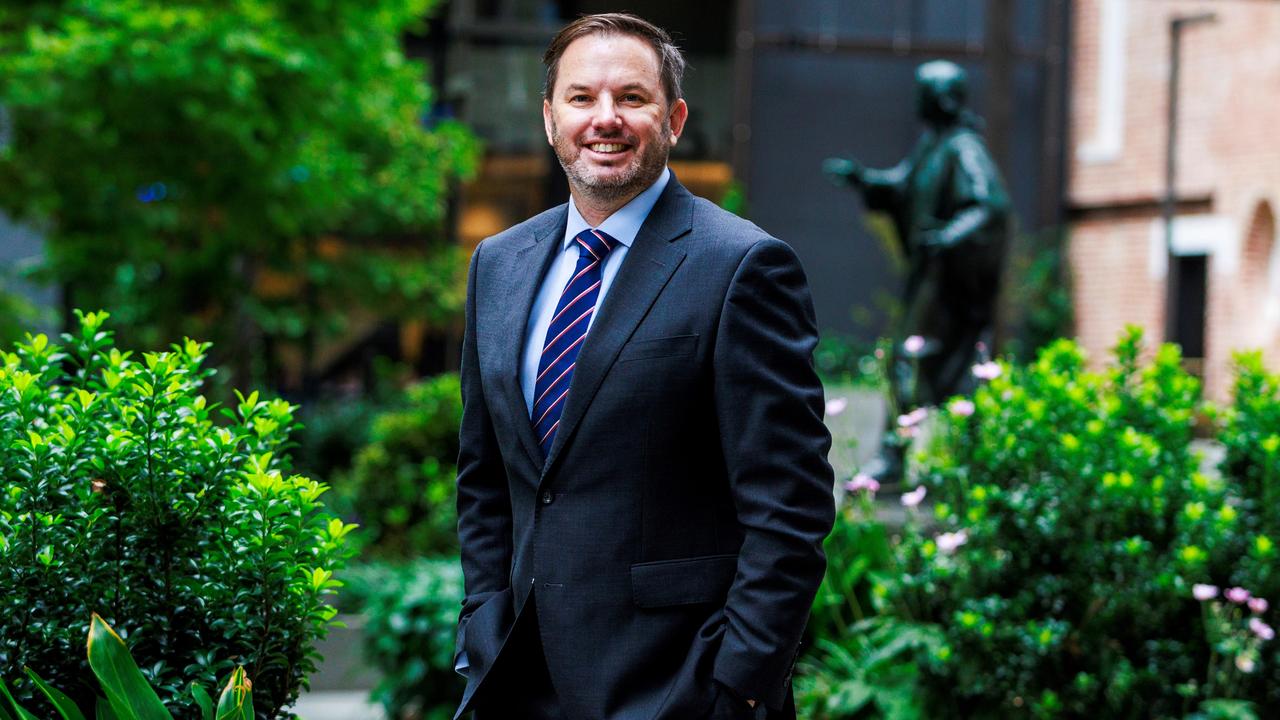Dulux Group’s chief paints a much brighter picture of the current glum conditions
In tough times people turn to home renovation, which is why Dulux Group’s Patrick Houlihan tells the 2024 CEO survey that his products are consumer staples rather than discretionary.

How is inflation and the prospect of higher-for-longer interest rates affecting your business? Importantly, is the behaviour of your customers changing?
Our businesses continue to be relatively resilient as consumers continue to undertake home and garden improvement tasks. This continues a decades-long trend where our product portfolio has had the characteristics of “consumer staples” – rather than “consumer discretionary” – throughout various economic cycles.
Furthermore, consumer preference towards our premium-branded products continues to hold up as they focus on “doing it once and doing it right”. Our focus remains on brand-led innovation in this context.
How would you rate the shape of the Australian economy as we head into the New Year?
While we expect conditions to remain subdued over the remainder of the year, with consumer confidence impacted by cost of living (particularly energy costs), inflation and interest rate rises, we anticipate these conditions will ease over the course of 2024.
Tight labour markets, including access to skilled tradespeople, continue to be a constraint on construction activity.
What do you think is the big area of reform needed to happen so the Australian economy (and your business) can sustainably reach full potential?
In terms of getting Australia’s productivity growth back to the long-term norm of about 1.5 per cent, one of the factors at play is Australia’s relative competitiveness for capital investment, particularly in manufacturing that is linked to sovereign R&D capability and retention of IP and commercialisation here in Australia. There is no “one big area of reform” to address this. It requires a suite of reforms across taxation, skills and education, industrial relations, energy policy and the regulatory environment.
In the long run, science and technology is the key enabler of productivity. We saw this first-hand when we built our new $165m Dulux factory in Melbourne, where we halved batch sizes and made twice as many batches in half the previous production time.
Even though it could run fully automated “lights off”, we still employed the same number of operators as were previously running the old technology. But we’ve trained employees in all aspects of working in a digital manufacturing environment, creating skilled, well paid jobs.
Australia has six years to meet its 2030 targets for a 43 per cent reduction in baseline emissions. What needs to happen here?
We need to accelerate the pace of the transmission build and level of investment in renewables technology and firming capacity. That requires a combination of the right investment attraction settings, fixing the regulatory and planning processes for transmission build and the policy framework to support a transition period that delivers on end-user cost and reliability. This will take better co-ordination and co-operation between all levels of government.
What level of adoption is your business currently at with the use of AI technology?
Our businesses are very much at the experimental, proof-of-concept stage. While we are exploring its use in areas such as supply chain, marketing and customer service, as with all early phase technologies, it’s a slow build while we start to leverage this unique and transformative opportunity, while being conscious of any associated risk.
What external issues do you expect to impact or disrupt your business within the next 12 months – the so-called 3am thought?
Supply chain constraints continue to be something we are constantly trying to stay a step ahead of and mitigate. In terms of cyber risk, we plan for “when”, not “if”, which means we are hyper-vigilant, focused on prevention and mitigation and recovery.
Is business getting the balance right between investor, customer and other stakeholder demands when it comes to ESG issues?
Scrutiny of ESG performance and regulatory disclosures is more intense than ever, and meeting obligations to relevant stakeholders should ultimately align with investor interests and strong company performance. But in addressing ESG-related issues, we do need to be careful not to lose focus on strategy and growth that is centred on the primacy of the consumer and customer. It’s ultimately self-defeating if we get that balance wrong. It’s about knowing why the company exists in the first place.
How has your organisation’s approach to staff working from home evolved since the pandemic?
It’s worth noting that approximately 75 per cent of our workforce cannot work from home, such as our people in factory, warehouse and R&D roles. For office-based roles, we have a model of three to four days a week in the office, “with flexibility”.
We take a “leader-led approach”. Leaders work with their teams to determine how this best works for them. We’ve found that people are welcoming the regular face-to-face contact and collaboration, while retaining flexibility where needed.
Patrick Houlihan is chief executive of Dulux Group







To join the conversation, please log in. Don't have an account? Register
Join the conversation, you are commenting as Logout